Curbside Classics: 1971 Mini

Out of adversity arises creativity. Alec Issigonis’ brilliant Mini was conceived in the depths of the oil import embargo brought on by the Suez Canal Crisis of 1956. Just like our energy crises gave birth to the Chevette and the Cavalier. Ok, no more GM references. This is the Mini’s fiftieth birthday, and it deserves our undivided adulation. Well, at least from a safe distance, anyway.
Get a little closer, like inside, or actually drive one, and the reality that the Mini prototype was completely designed and built by Issigonis, two engineers, two students and a couple of draftsman becomes obvious. The un-adulterated clarity of a single bright vision comes through loud and clear, especially when that SU carburetor sitting practically in your lap starts sucking air. That big round center speedometer is there for a reason; it doubles as the carb’s air cleaner housing. There’s definitely the whiff of carriage house-baked about the Mini.
Don’t get me wrong; I love the Mini, you love the Mini, we all love the Mini. And how could we not, with all the associations it conjures up? Mini skirts, for starters (yes, they were named after the car). And Paddy Hopkirk’s Rally Monte Carlo winning Cooper S bedecked with half a dozen Lucas Flamethrowers. Now that’s a name almost as iconic as the Mini’s. How I used to obsess on them in my youth: Flamethrowers and mini skirts.
Issigionis’ marching orders were to seat four in a package ten feet by four feet, leaving 80% of the space for the occupants. And given that BMC was not in a position to develop a new engine, the old A-block four needed to be turned sideways, with the gearbox incorporated into the sump and sharing the engine’s oil. Well, someone has to be the guinea pig.
Thankfully, the hydrolastic suspension didn’t make it into the early Minis, and just as well. It was eventually dumped after a few years anyway, in favor of the rubber cone springing units used at the start. They were a key part of what gave the Mini its go-kart handling (and harsh ride). Conceived as an Issetta-fighting ultra-economy car, the Austin and Morris twins found their fame and glory as a sports car masquerading as a four-passenger economy car: the Mini Cooper S.
More significantly, the Mini broke out of the shit-box segment by becoming a hot fashion item. In swinging mod London during the mid-late sixties, driving a Mini in a mini was way groovy. Even more so if it was a Radford Mini de Ville, with a Rolls Royce-grade interior and Flamethrowers built right into its maxi-cute grille.
BMC’s own upscale Mini-variants, the Wolsely Hornet and Riley Elf never escaped their self-conscious efforts to be up-class, and thus were rejected by the mod set. With their grafted on trunk and thirties grill, they’re comical, ridiculous actually. I’ve spotted an Elf in Eugene, and I’m determined to flush it out of its shoe-box hiding place.
The Mini presented huge challenges for its maker, and ultimately contributed to the demise of BMC and subsequently British Leyland. There is the endless debate as to whether the Mini was sold at a loss. BMC claims they made at least thirty pounds (on each, or on all 5.4 million units made?), and made good profits on all the options, such as seat belts and Flamethrowers, as well as the higher-end versions. But that’s only part of the problem.
The Mini started a transverse-FWD-hydrolastic revolution at BMC, with a whole line of ever-larger cars with the same configuration: compact Austin/MG 1100 (aka: America); mid-size Maxi; and the Euro full-size 1800. It was a bold attempt to reshape BMC’s lineup from the musty old RWD saloons of the fifties. No other major manufacturer except Citroen had such an advanced lineup. And like Citroen, BMC paid the price of being a technology pioneer.
The Hydrolastic suspension wasn’t as complicated as Citroen’s nightmare, but had its (expensive) bugs. And just like with the Mini, BMC couldn’t afford modern engines, so the whole line suffered from the noisy old long-stroke shakers. And their complexity was an endless drain on ephemeral profits.
Originally, the FWD cars were to be made and sold equally by Austin and Morris. But their fragility increasingly made them
untenable in export markets, and even in Old Blighty, some of the loyalists became wary. So starting in 1970, Austin and Morris began a product split, with Morris reviving coarse and crude RWD sedans, beginning (and ending) with the execrable Marina. British Leyland really was doomed right from the get-go. And no wonder Japanese cars have their highest European market share in England.
A comparison of Europe’s three most iconic post-war small cars is revealing: the profoundly solid and well-sprung Teutonic VW Beetle; the quirky but brilliantly practical and efficient French Citroen 2CV; and the British Mini. All three were highly advanced, at least in their early years. But the VW and 2CV were more adaptable, durable and roomy; they were the vehicles of choice for generations of European students heading off to the Sahara or India. Nobody in their right mind would have done that in a Mini; it would have high-centered (or just disappeared) in Turkey’s first big pothole, if the Prince of Darkness hadn’t already ended the trip.
The Mini’s transverse-engine layout transcended the mortifications of its quick-rust body, and became immortal. But the Mini’s real legacy lives on its three spiritual successors today, with more on the way: the Smart, the MINI, and the Fiat 500. All fashionable, trendy and tiny city mobiles, the cars of the future. And as such the Mini is rightfully the most influential compared to the VW and 2CV, if not of the whole post-war era. Who would have thought that a noisy, cramped, hard-riding, unreliable shoe box on ten-inch wheels would pull that off? Fashion trumps practicality, once again.

More by Paul Niedermeyer
Latest Car Reviews
Read moreLatest Product Reviews
Read moreRecent Comments
- MaintenanceCosts Most of the article after the blockquote is Posky laboring mightily to somehow blame this clearly anticompetitive and oligopolistic conduct on the big bad government.I look forward to some of the usual commenters explaining to us that, actually, the oil industry is a cuddly teddy bear and the real villain is people trying to sell us cars that don't use oil.
- Bd2 A modest price bump for one of the better if not the best vehicle in it's class. And it's a very good deal still considering the Front wheel drive competition over at Lexus to name one. These Genesis vehicles are more like BMWs of the 90s but with better styling.
- Dave M. What???? Big business taking advantage of us? I thought it was all Biden's fault!?!
- OA5599 Now if we could only get Toyota to change BZ4X...
- FreedMike You mean the petroleum market is manipulated and doesn't respond to normal supply/demand? No way. Can't be. This, folks, is why electrification is important - the only reason why the petroleum industry gets away with this is because they were the only game in town for over a century. That has GOT to change or we'll keep getting ripped off.



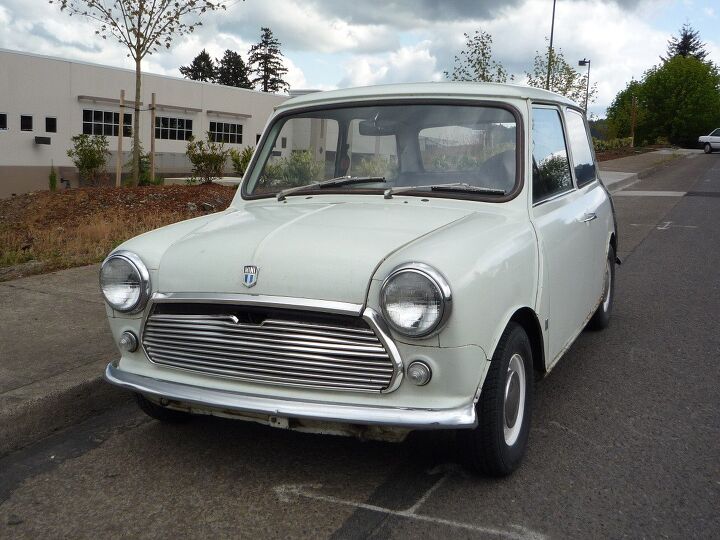


















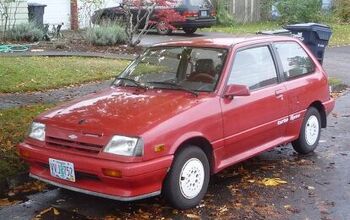
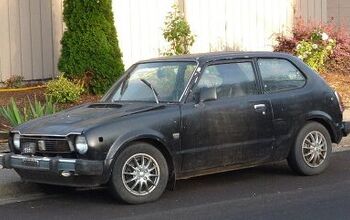
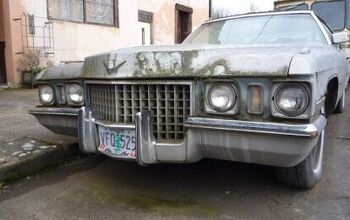
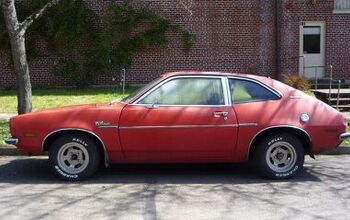
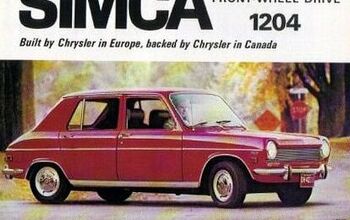











Comments
Join the conversation
Ever since I walked past one on my way to school back in the 1970s (the family doctor's son had one) I've lusted for one of these. About 4 years ago I finally obtained one, a grandma edition 1979 850. Hardly comparable to a Cooper S, but I have to say this car has exceeded all my expectations from my youth. That is a pretty amazing feat, when you think about it. This car never fails to delight with the driving experience. Razor sharp reflexes make it completely engaging to drive, while the lack of power teaches judicious use of generated momentum. The design really is brilliant, once you start looking and working on it. Yeah, the build quality is abysmal, panel gaps colossal, and rust resistance a total failure, but you don't care. I only wish I'd had this cheeky little device back when I was single. My God, how the women love it. Most fun car I've ever owned (and it is one of fifty so far).
There were also the variants made in other countries under license. I used to own a 1970 Innocenti Mini Cooper, made for the Italian home market. I imported it into the US via the antique car law, and had a blast with it for a few years. Innocenti modified the dash a bit and cleaned up the wiring loom (I think I had 6 or 8 fuses instead of 4!). It was 998cc of fury! The funny part was the complete 10 inch wheel were slightly smaller than the rims of my Chevy truck. The Inno was also just a hair too wide to ride in the back of the Chevy as a spare :)